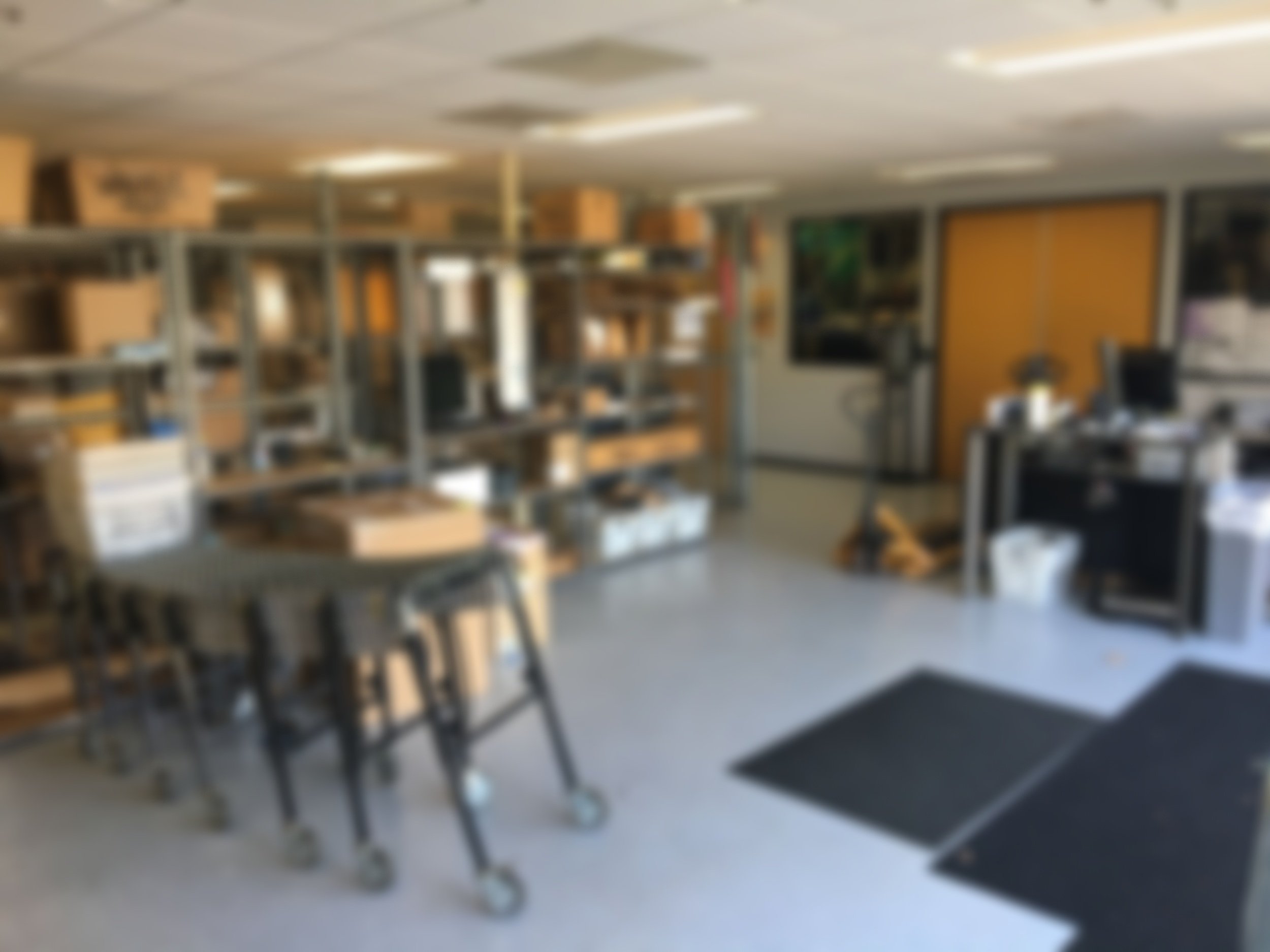
Case Study
Payload Shipping & Receiving App
Vision: Improve the speed and accuracy of Blizzard’s Shipping & Receiving team
The Shipping and Receiving team sends and receives hundreds of packages a day and works with all major parcel carriers. For many years, the team used a legacy application built by an ex-employee who had long since left the company.
The legacy app was built at a time when Blizzard was a much smaller company, and had something more akin to a mailroom than a full-fledged shipping and receiving department. As such, the tool hadn’t been able to scale with the needs of the company and crashed frequently.
With the help of Corporate Applications, we gave our Shipping and Receiving team a new tool in two months. I was the primary designer on a team of four - myself, one program manager, and two engineers.
The Problem
01
The legacy application was deployed to a “server” that was sitting under a desk in an IT room. The above screenshot was the actual entire UI. No, really. Page crashes and server reboots meant frequent downtimes.
02
The front-end was a simple form with limited options and was not mobile friendly. A barcode scanner running windows CE served up this form on a 3” display, which was difficult to use.
03
This tool did not scale. It was unable to serve any of the other offices that Blizzard had around the world.
04
The Shipping & Receiving team had additional needs that could not be accommodated on the current code base, such as custom notifications and reporting features.
Research
In order to validate the pain points and capture additional opportunities, I sat with Shipping and Receiving and just observed the activity that went on over the course of a normal day. I entered my notes into Confluence and summarized it for our team. Because their current tool had no reporting features, I also wanted to just get a baseline sense of metrics.
57 min.
Average time to process one pallet from a carrier. One pallet contains about 50 packages on average. Processing includes confirming delivery count, scanning it into our system, assigning a package to a user, and shelving.
29 sec.
Average time it takes to locate a package on a shelf (if recipient has been notified). This means an employee has received a notice from S&R that a package has been delivered and is currently awaiting pickup.
2.5 min.
Average time it takes to locate a package on a shelf (if recipient has not been notified). This means an employee has NOT received a notice from S&R, but instead has gotten a delivery notice from either the carrier or their online store.
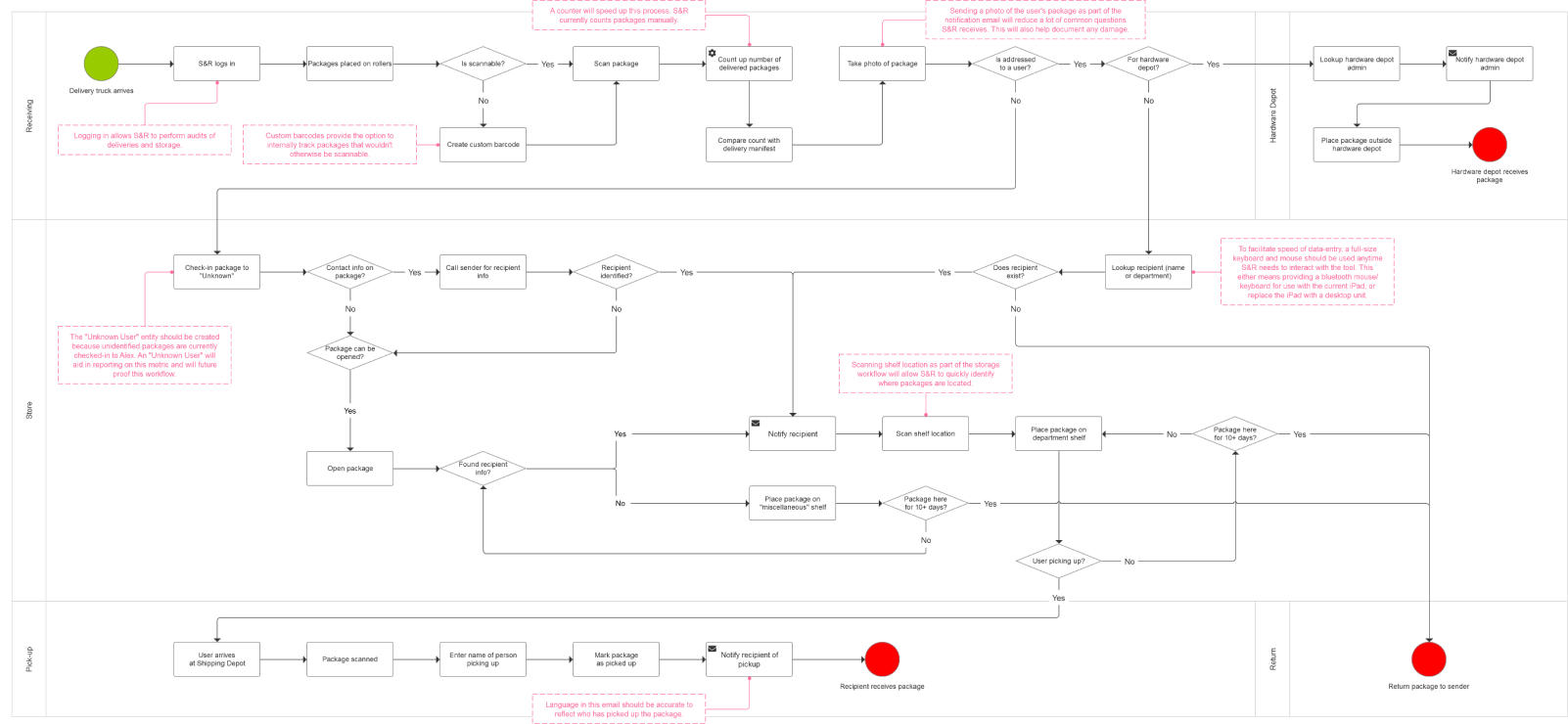
To see the whole picture, I created a workflow to visualize the entire journey a package takes; from the time it is delivered to the time it is picked up by an employee. Afterwards, we started to identify opportunities to improve their pain points.
Design Collaboratively
We used Axure for delivering design assets because it allowed us to create workflows, static wireframes, and interactive prototypes with a high degree of realism.
We evaluated hardware from a few vendors and found that the TC56 handheld scanner by Zebra met all our requirements in terms of speed and feature set. It also ran on Android, which allowed our solution to be mobile.
Altogether, we were able to test our prototypes with the Shipping & Receiving team on the actual hardware, who continued to help us refine the product. As a nod to one of our games, they even helped us come up with the name of the tool. We dubbed the new application “Payload” - a mode in Overwatch where the objective is to move a package from one side of a map to another as quickly as possible.
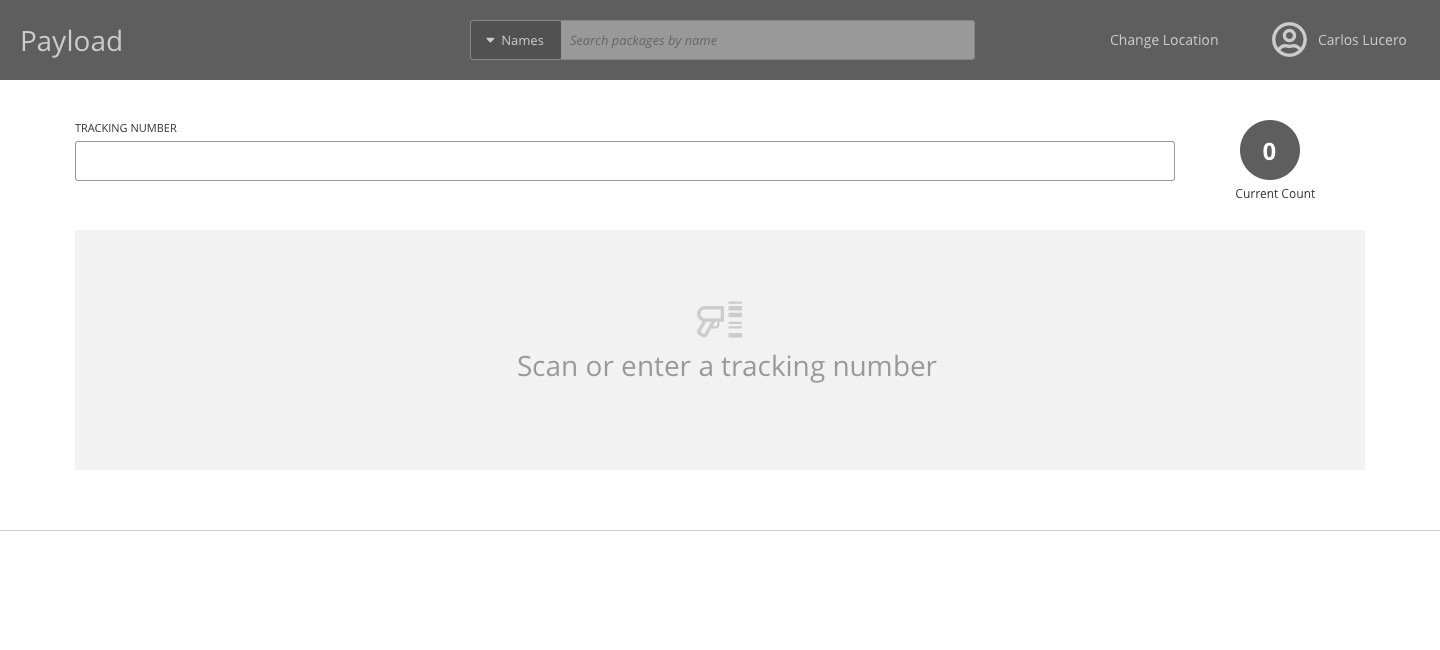
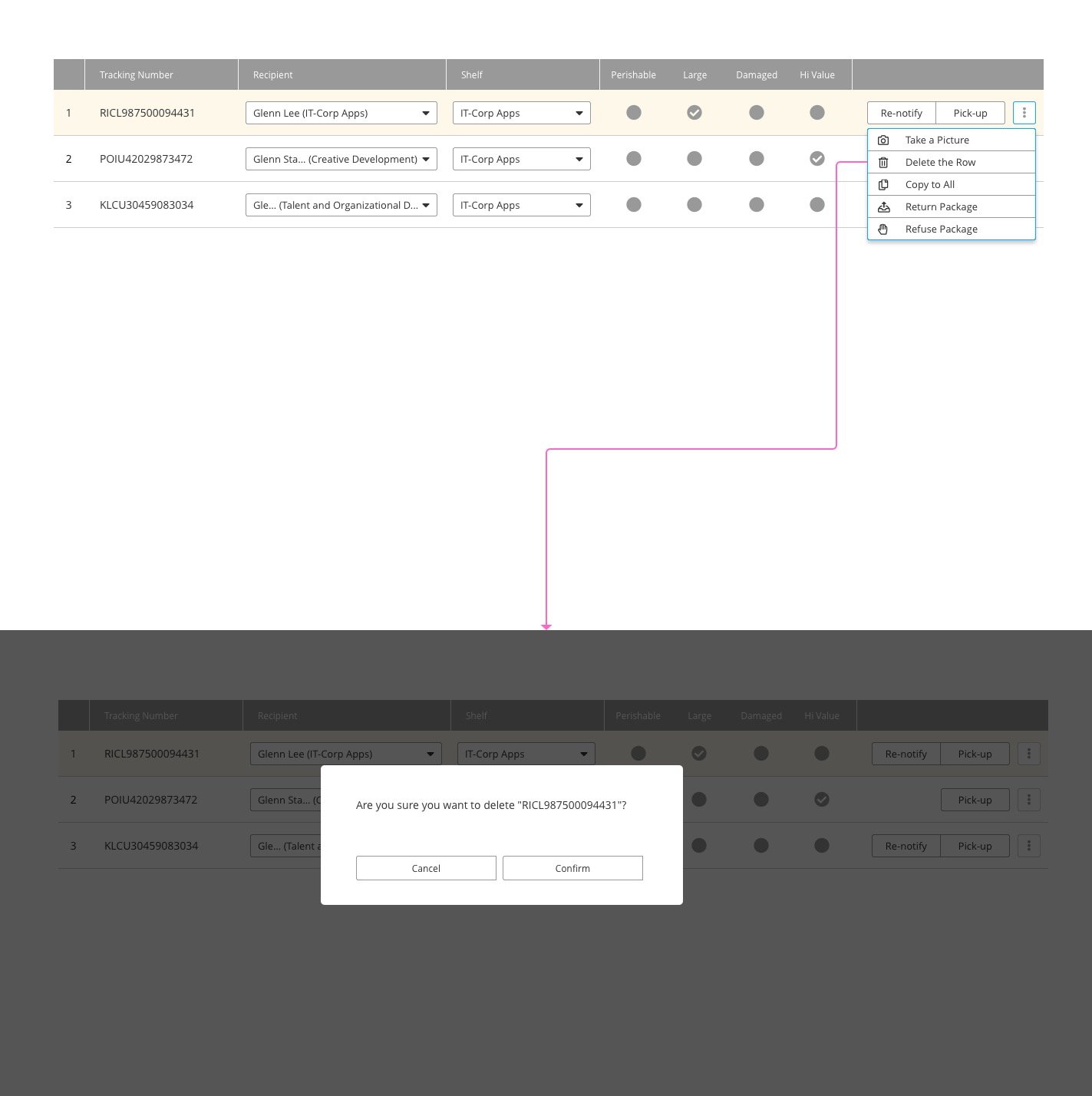


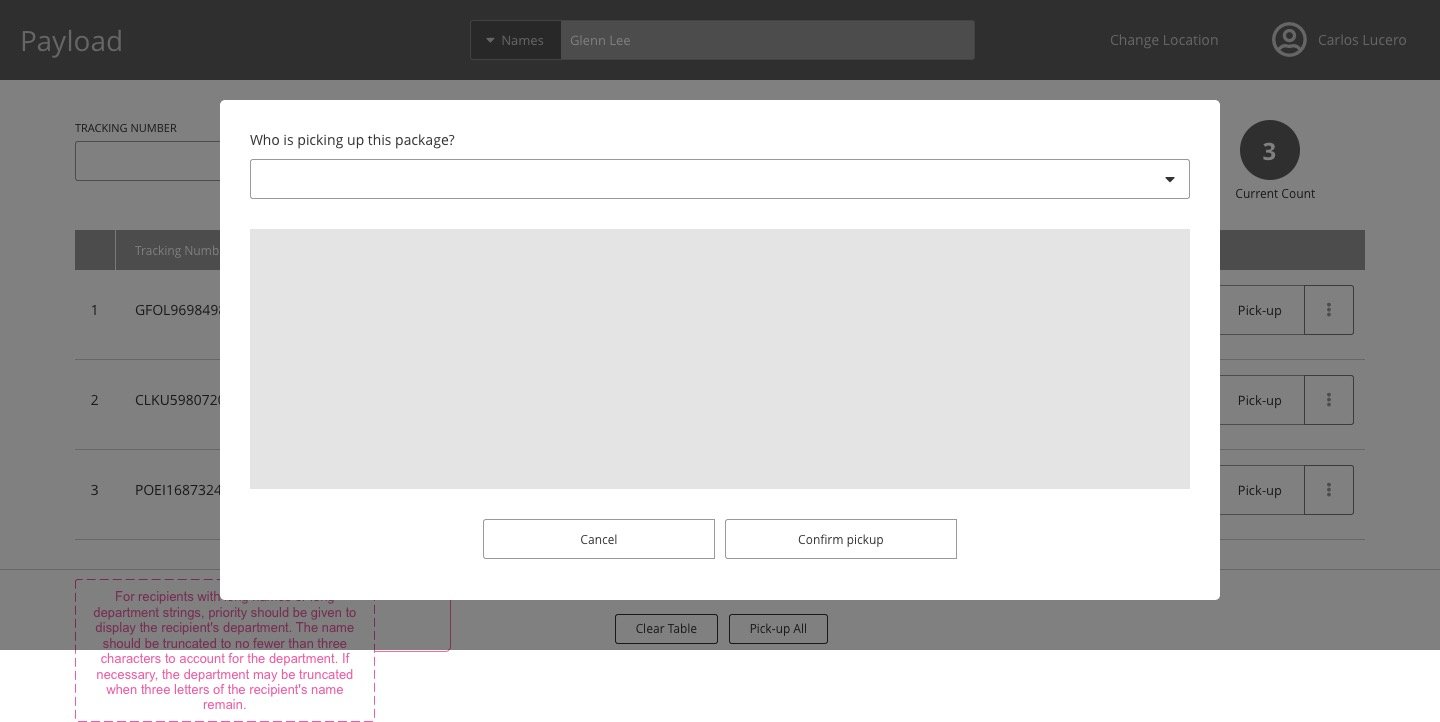
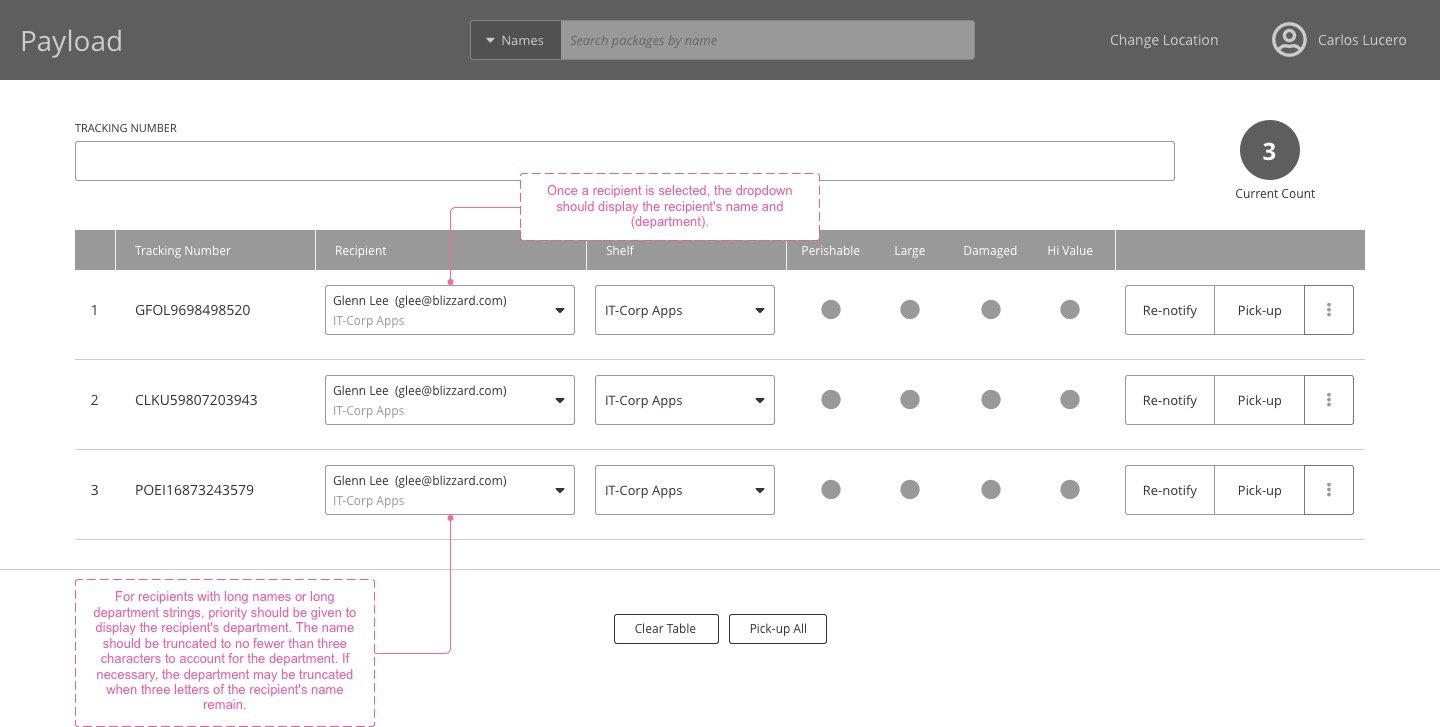
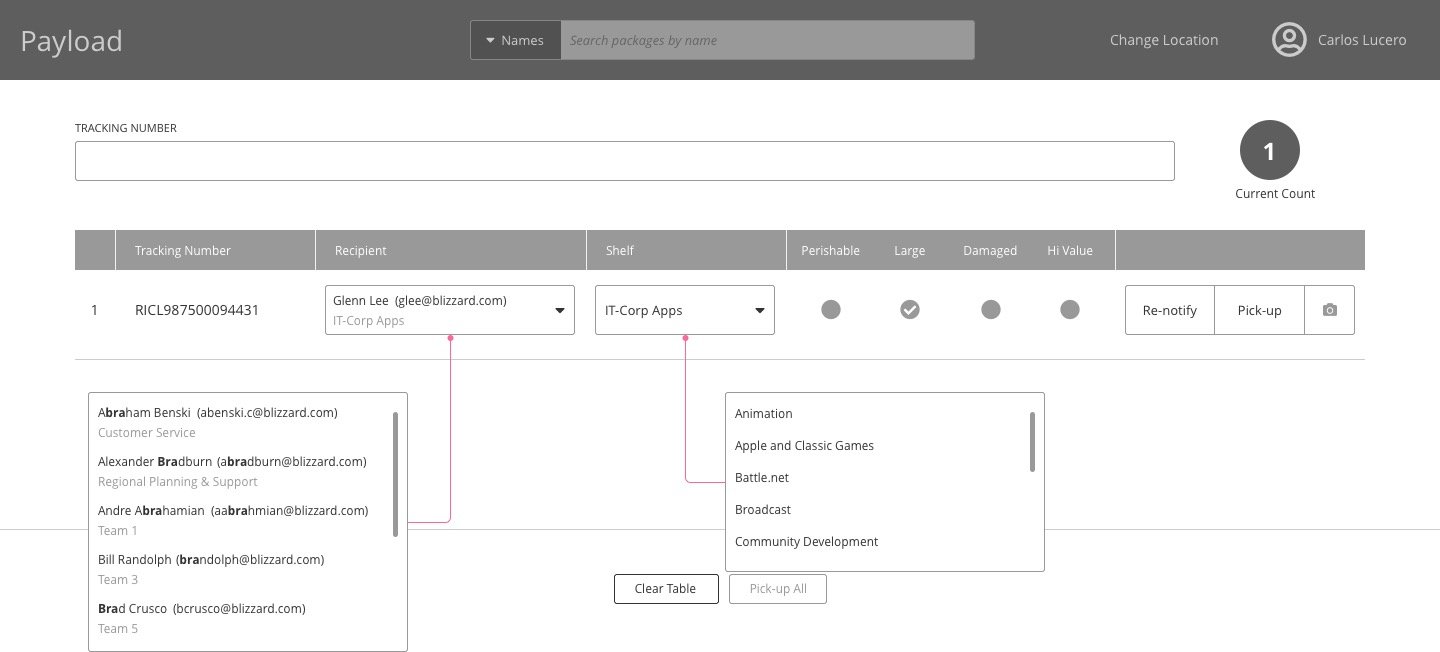
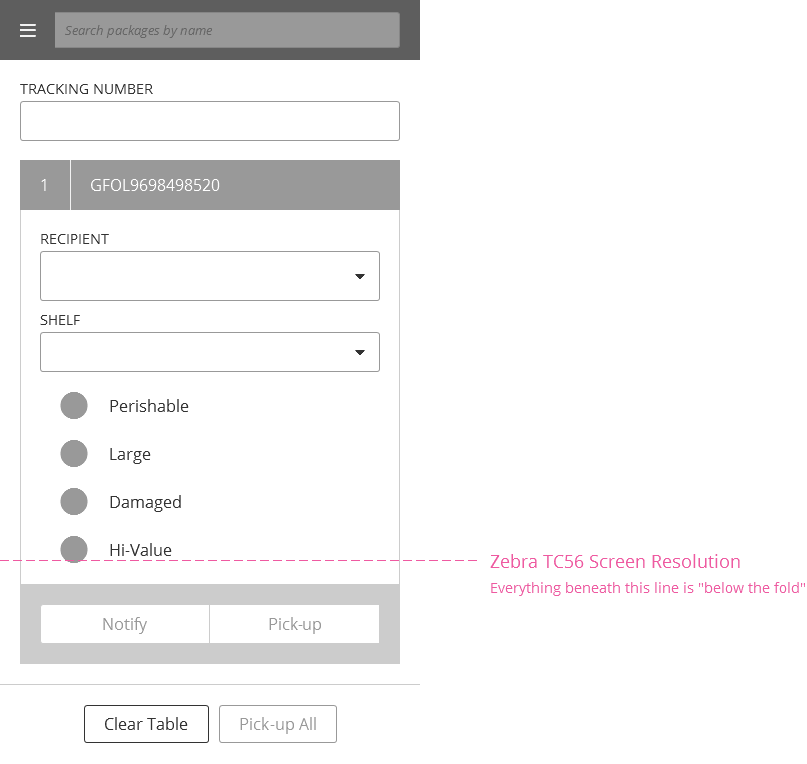
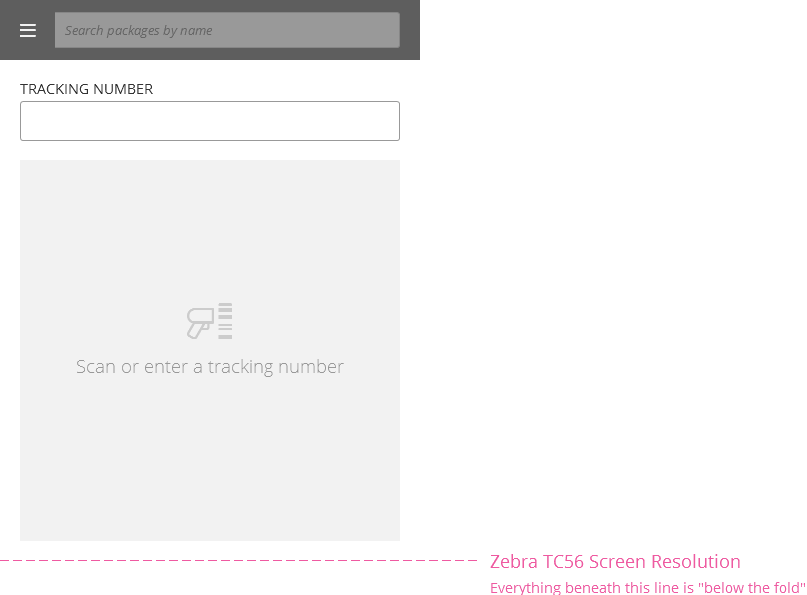
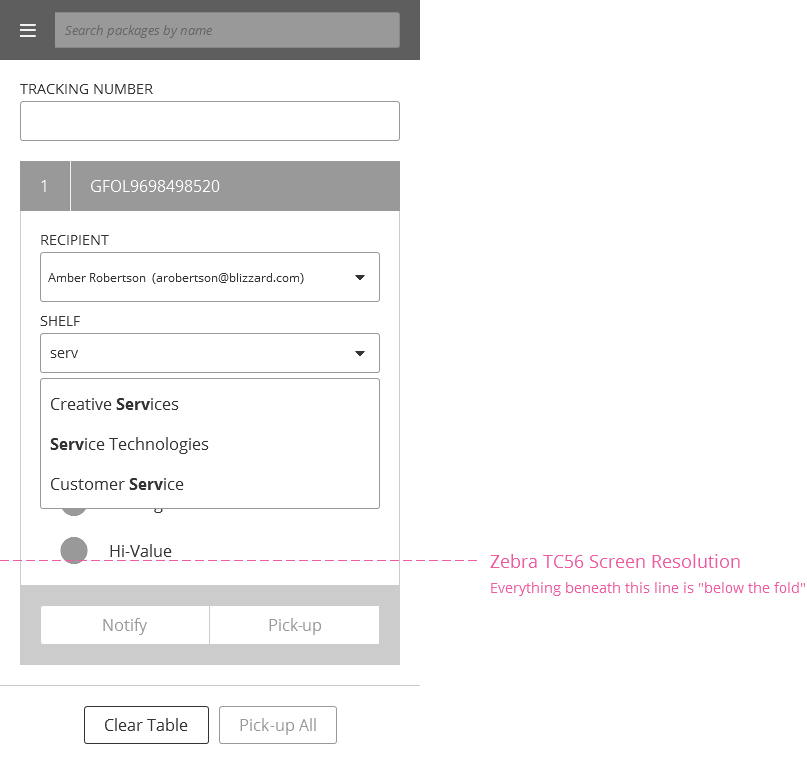
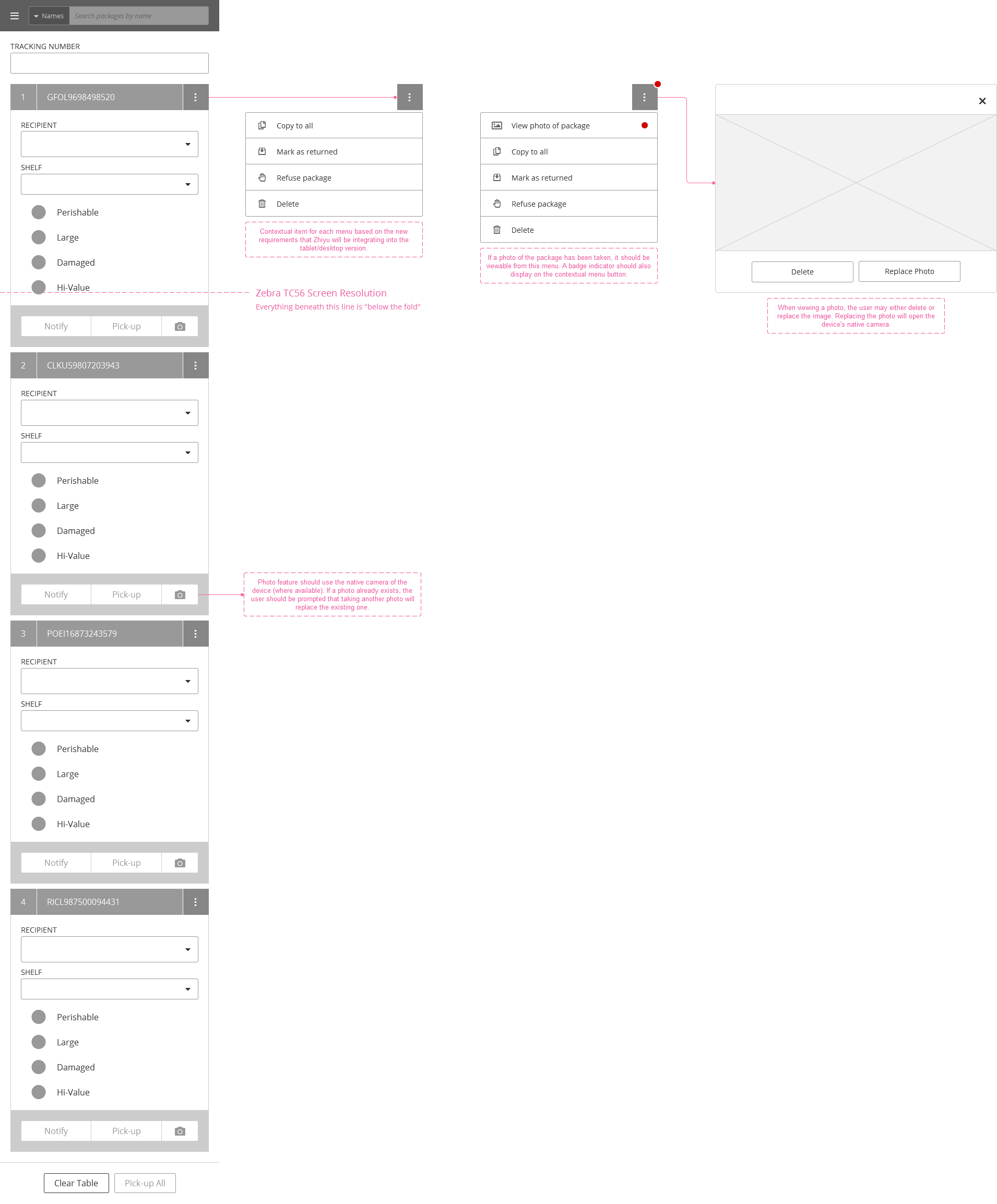
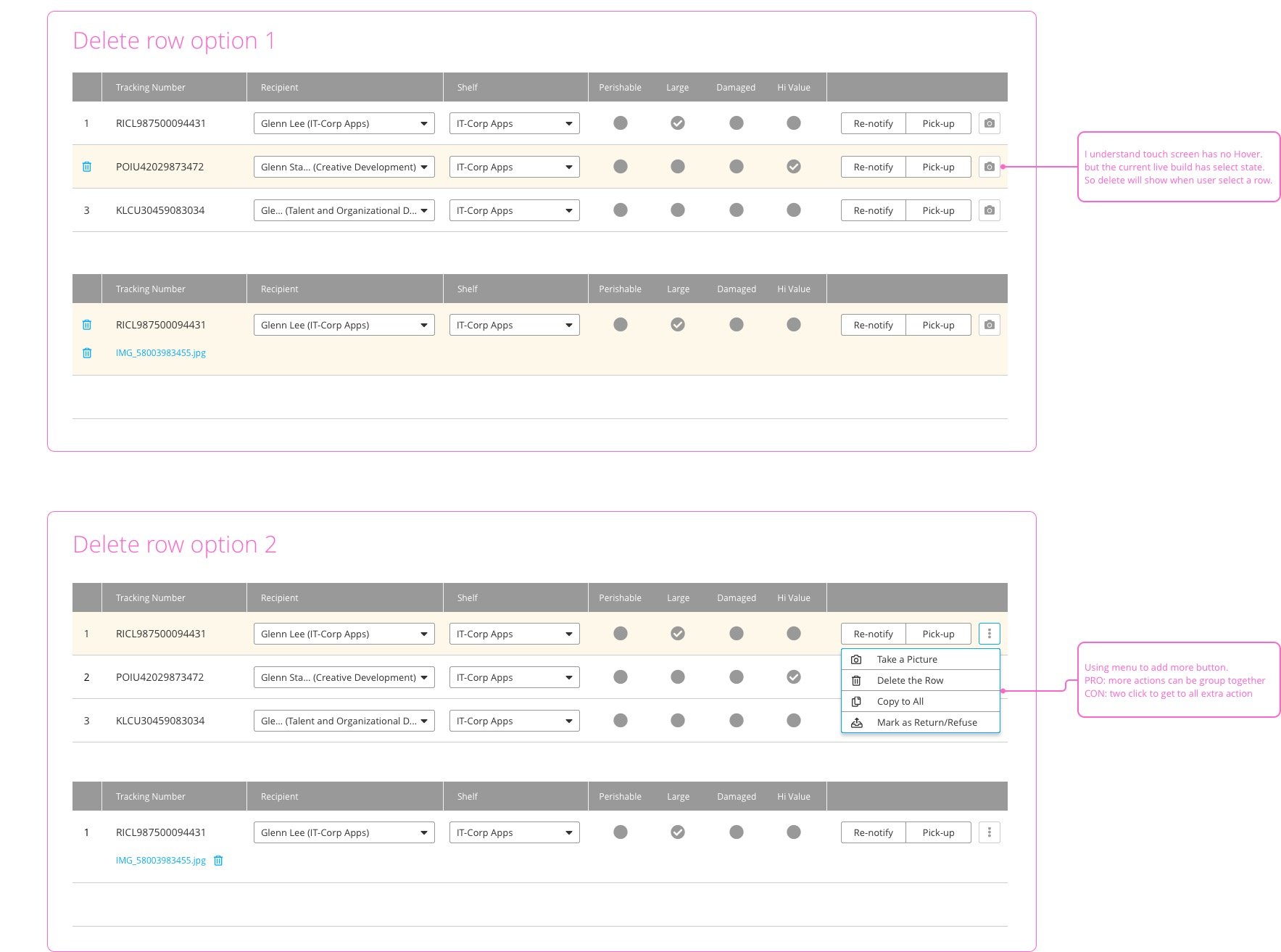
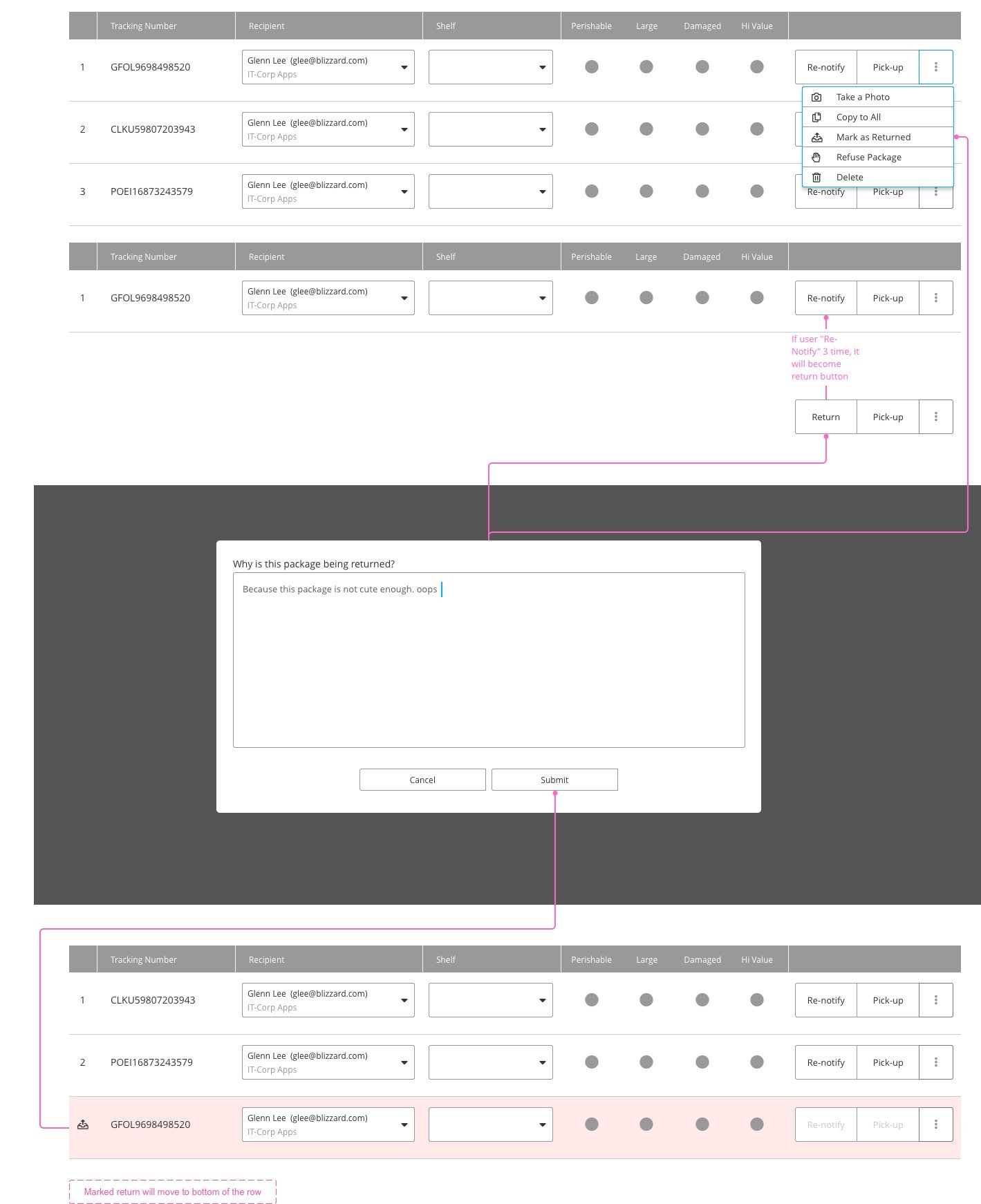

Value delivered
01.
Roughly doubled the overall efficiency of Shipping and Receiving. Average time to process a pallet went from 57 minutes to 30 minutes. Average time to locate a package on a shelf for pick-up went from 29 seconds to 19 seconds.
02.
Reporting features allowed the Shipping and Receiving team to forecast staffing and predict periods of high traffic, such as during BlizzCon and Christmas.
03.
Reporting also allowed the team to identify high-use departments and consequently optimize their space and inventory.
04.
New notification features, such as package photos and descriptors, greatly reduced the amount of emails between shipping coordinators and employees. Nobody needed to email “Is it from Amazon?” anymore, and knew whether it was something they could pick up during lunch, or if they needed their car.
05.
The tool is hardware agnostic and easily scalable. As of this writing, it has been deployed to three office locations.
06.
Built on top of the ServiceNow platform, our team was invited to present our application at their annual Knowledge Event in Las Vegas in 2019. Our session was the most highly rated talk of the entire event.
“It kicks ass. It’s more efficient and reliable and it doesn’t crash on us. Even if someone puts a package on the wrong shelf, I still know where it is. And we have reporting with signatures so my butt is covered.”
— Alex Torres, Shipping and Receiving coordinator for Blizzard Entertainment


